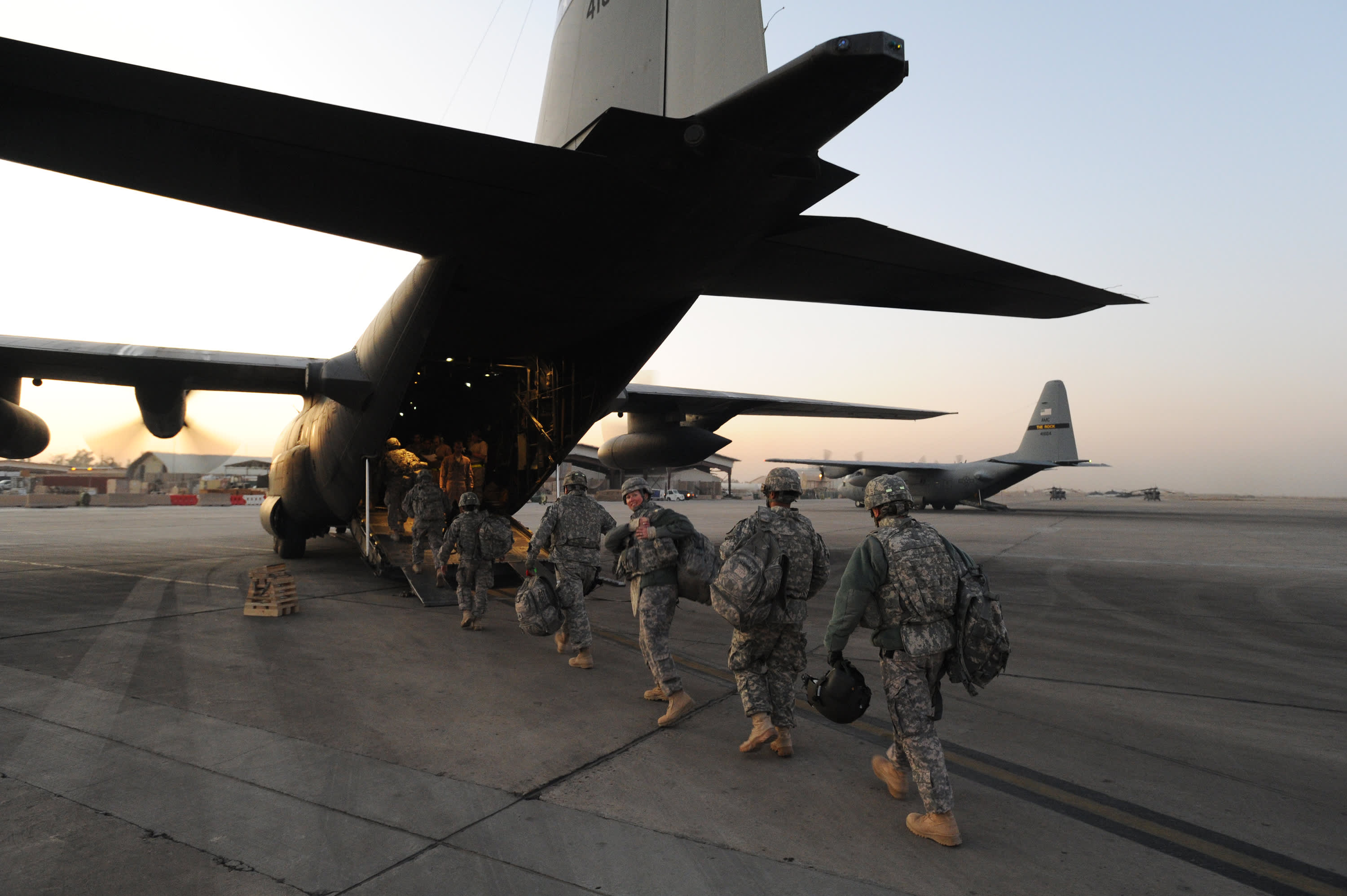WASHINGTON – The Pentagon will move some of its Europe-based forces further east and deploy additional U.S.-based troops to Europe, as the security situation on Ukraine’s border with Russia continues to deteriorate.
President Joe Biden will send 2,000 troops in the U.S. to Poland and Germany, where they will join other troops. Another 1,000 who are already in Europe will be moved to Romania.
“These are not permanent moves. We respond to current conditions, we will adjust our posture as those conditions evolve,” Pentagon spokesman John Kirby said Tuesday, announcing the deployment.
Kirby was unable to give a timeline of when the U.S. service members would deploy.
The White House didn’t immediately respond to a request for comment from CNBC.
The deployment comes as an estimated 100,000 Russian troops equipped with advanced weaponry line Ukraine’s eastern border with Russia and northern border with Belarus, a Moscow ally.
Kirby explained the 3,000-strong troop deployment announced on Tuesday is separate from the 8,500 servicemembers announced last month.
The Pentagon placed 8,500 military personnel on “heightened alert” to deploy to Europe should NATO activate a response force.
The troops represent America’s contribution to the 40,000-strong NATO Response Force, or NRF, whose activation requires approval of all 30 NATO members.
The Pentagon’s top officials warned last week that the aftermath of a Russian invasion of Ukraine would be “horrific.”
“Given the type of forces that are arrayed, the ground maneuver forces, the artillery, the ballistic missiles, the air forces, all of it packaged together. If that was unleashed on Ukraine, it would be significant, very significant, and it would result in a significant amount of casualties,” Chairman of the Joint Chiefs of Staff U.S. Army Gen. Mark Milley told reporters at the Pentagon on Friday.
“It would be horrific,” added Milley.
Milley, the nation’s highest-ranking military officer, said that Russia’s posture along Ukraine’s border was unlike anything he has seen during his four-decade military career.
He said the Russians have deployed air forces, naval forces, special forces, cyber electronic warfare, command and control, logistics engineers and other capabilities along Ukraine’s border.
For months, the U.S. and its Western allies have watched a steady buildup of Kremlin forces along Ukraine’s border with Russia and Belarus. The increased military presence mimics Russian moves ahead of its 2014 illegal annexation of Crimea, a peninsula on the Black Sea, which sparked international uproar and triggered sanctions against Moscow.
The Kremlin has denied that the troop deployment is a prelude to an attack and has instead characterized the movement as a military exercise.
Russian officials have repeatedly called on the U.S. to prevent an eastward expansion of the NATO military alliance.
Russia has also demanded that the U.S. ”shall not establish military bases” in the territories of any former Soviet states that are not already members of NATO, or “use their infrastructure for any military activities or develop bilateral military cooperation with them.”
Since 2002, Ukraine has sought entry into NATO, the world’s most powerful military alliance. The group’s Article 5 clause states that an attack on one member country is considered an attack on all of them.
Earlier this week, Russian President Vladimir Putin again accused Western nations of ignoring key Russian security concerns, following the U.S.′ refusal last week to concede to Moscow’s demands over Ukraine and NATO.
Putin said during a press conference on Tuesday that the U.S. wanted to “contain Russia” and that any possible membership of Ukraine in NATO would “undermine Russia’s security.”
Last week, Biden told reporters that a full-scale Russian invasion of Ukraine would radically alter European security. “If he were to move in with all those forces, it’d be the largest invasion since World War II. It would change the world,” Biden said, referring to Putin.
Amid the Kremlin’s deployment, the U.S. and European allies have repeatedly issued threats to impose swift and severe economic consequences if Putin orders an attack on Ukraine.
“He’s [Putin] never seen sanctions like the ones I promised,” Biden said last month when asked about potential U.S. economic measures. The president said “a disaster” awaits Russia should an attack on Ukraine occur, a development that intelligence agencies warned last week could happen within a month.
Meanwhile, the State Department has issued warnings to all U.S. citizens in Ukraine to depart the country immediately, citing unpredictable security conditions. Last month, the State Department ordered eligible family members of personnel at its embassy in Kyiv to leave the country.
